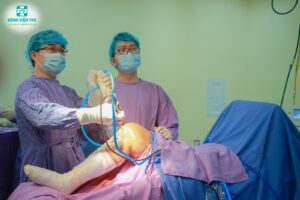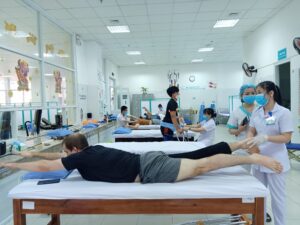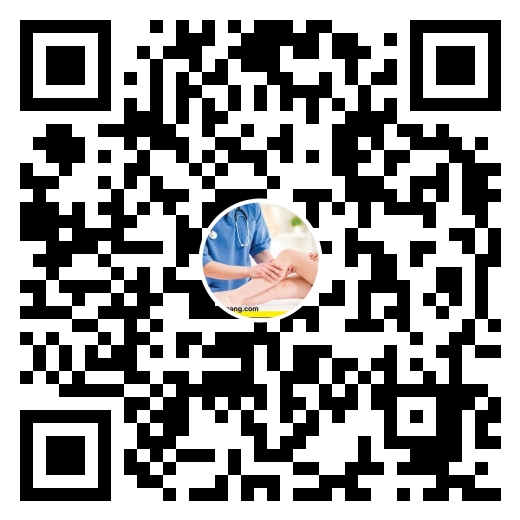What should you do when you have cruciate ligament injury ?
Doctors directory of Vietnam – For Expats
Somethings you need to do immediately:
Prompt first-aid care can reduce pain and swelling immediately after an injury to your knee. Follow the R.I.C.E (Rest – Ice – Compression – Elevation), modle of self-care at home:
To visit to a hospital to undergo a screening test:
Offten the diagnosis can be made on the basis of the physical exam alone, but you may need tests to rule out other causes and to determine the severity of the injury. There tests may include:

Anterior cruciate ligament ultrasound reconstruction method at 199 hospital.
Treatment:
Rehabilitation:
The goal of rehabilitation is to reduce pain and swelling, restore your knee’s full range of motion, and strengthen muscles. This course of physical therapy may successfully treat an anterioe cruciate legament injury for individuals who are relatively inactive, engage in moderate exercise and recreational activities, or play sports that put less stress on the knees.
Surgery:
The doctor will recommend surgery if:
During anterior cruciate ligament reconstruction, the surgeon removes the damaged lagament and replaces it with a segment of tendon – tissue similar to a legament tha connects muscle to bone. This replacement tissue is called a graft.
Your surgeon will use a piece of tendon from another part of your knee or a tendon from a deceased donor.

Anterior cruciate ligament surgery at 199 Hospital by Dr Phung Cao Cuong
What should you do after anterior cruciate ligament surgery ?
After surgery you’ll resume another course of rehabilitative therapy. Successful anterior cruciate ligament reconstruction paored with rigorous rehabilitation can usually restore stability and function to your knee.

Rehabilitation after anterior cruciate ligament surgery at 199 Hospital
The content was posted by 199 Hospital, one of the best specialist of anterior cruciate ligament surgery in Central of Vietnam.
If you need more advise, let’s contact us following information below:
Khamdinhkydanang.com – Doctors directory of Vietnam The web working for the public health, so all hospitals, clinics, dental, beauty salon…can post information for free. Established by Mr Nguyen Hai Quoc  |